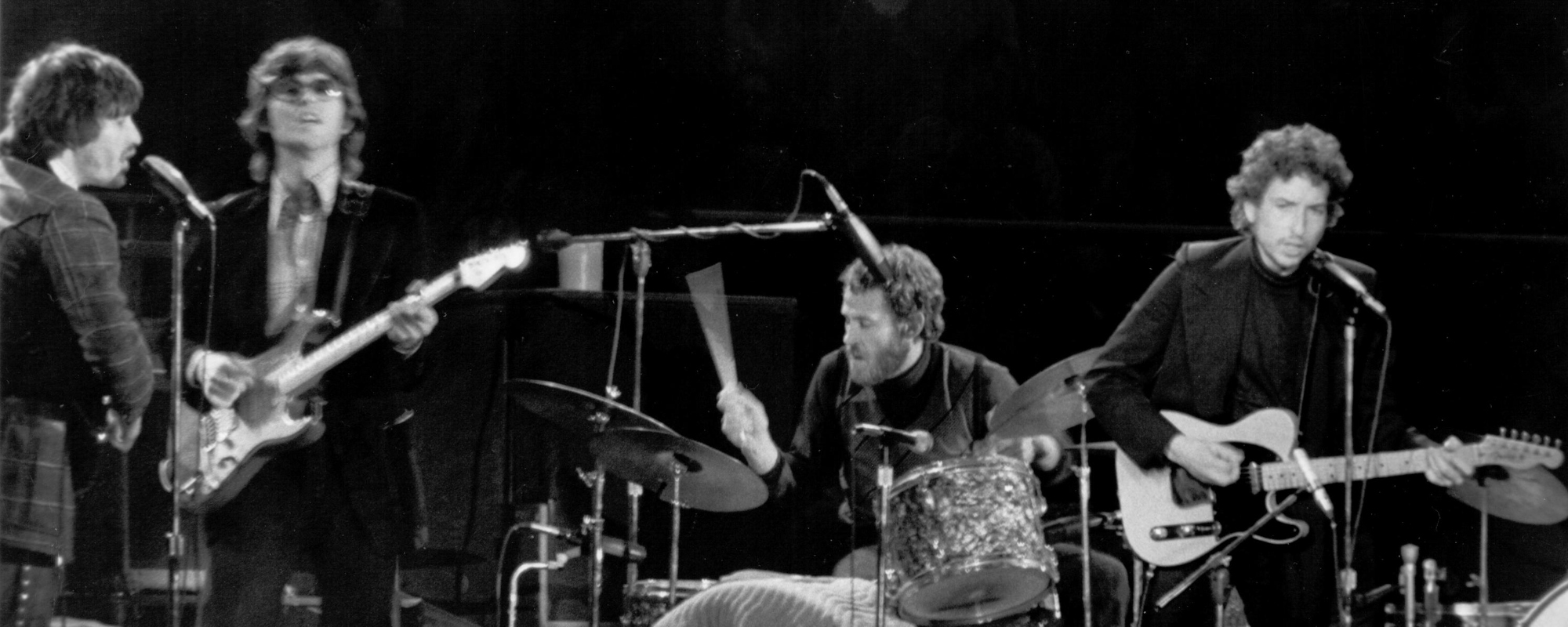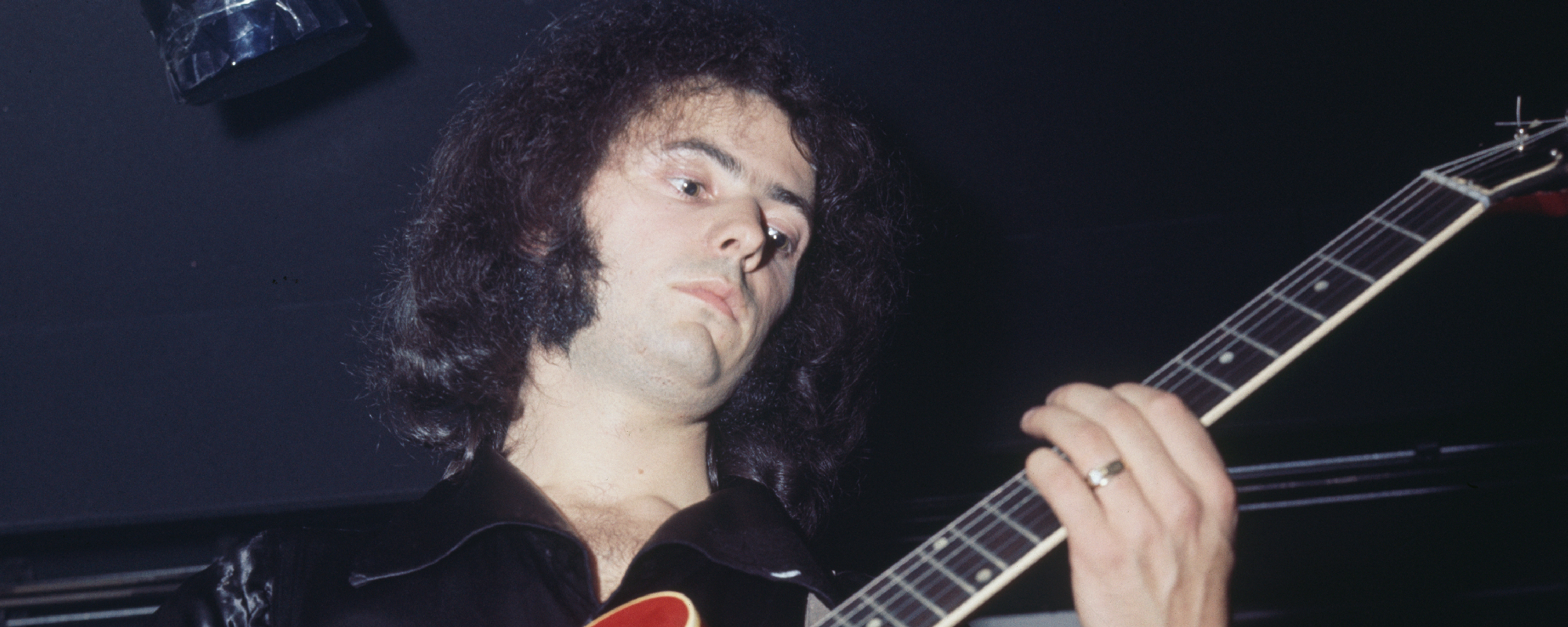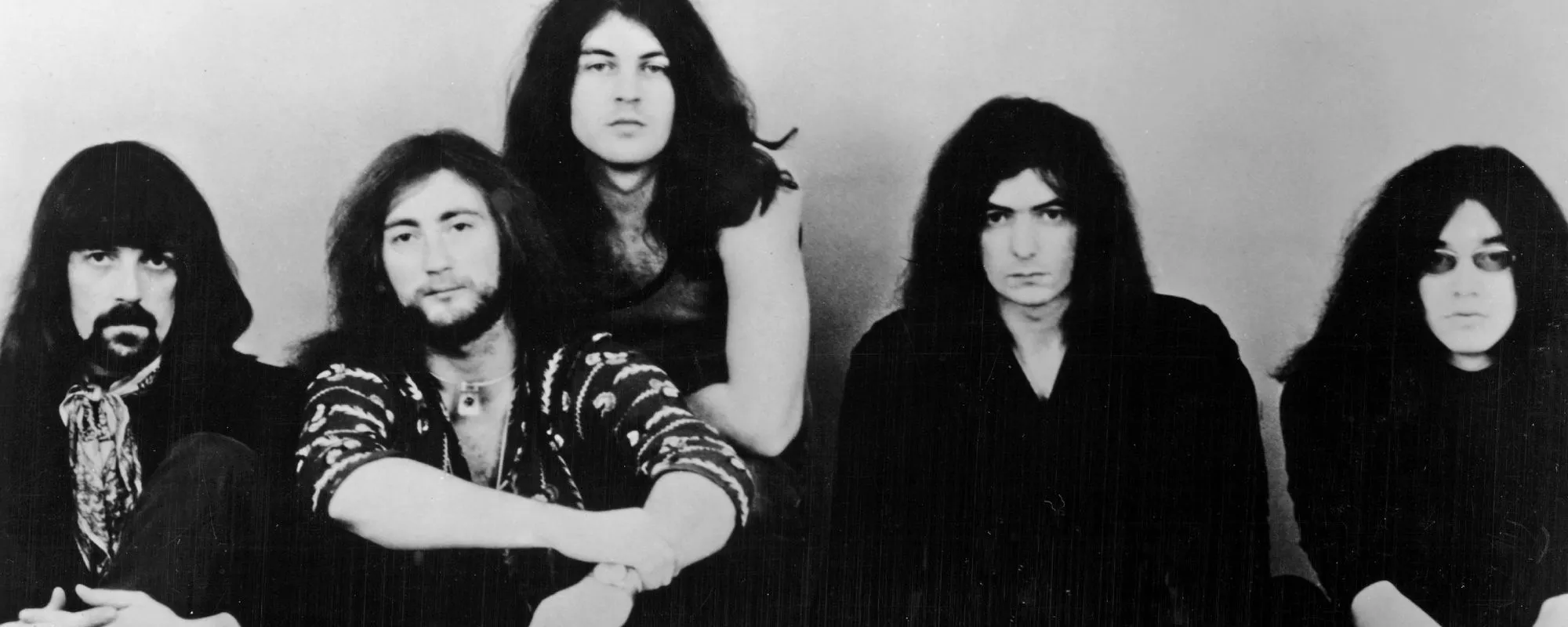After spending his formative years as a songwriter working at the Brill Building in New York City during the early 1960s through mid-’60s, Neil Diamond had his first hit in 1965 with Jay and the Americans,” Sunday and Me,” which hit the Top 20. By the mid- to late-’60s, Diamond’s successful collaborations with the Monkees had already set him off as a successful songwriter, including their 1967 No. 1 “I’m a Believer.”
After signing to Bang Records, Diamond also had his first big hit as a solo artist with “Cherry Cherry” in 1966. Co-written by his Brill mentors Jeff Barry and Ellie Greenwich, the song went to No. 6 on the Billboard Hot 100, and a year later, Diamond found himself on the charts again with “Kentucky Woman.”
Diamond wrote the acoustic-led “Kentucky Woman” while on tour in the South as a tribute to Southern women, but it wasn’t written about anyone in particular.
Kentucky woman
She shines with her own kind of light
She’d look at you once
And a day that’s all wrong looks all right
And I love her
God knows, I love her
Kentucky woman
If she gets to know you
She going to own you
Kentucky woman
Well, she ain’t the kind
Makes heads turn at the drop of her name
But something inside
That she’s got to turn you on just the same
And she loves me
God knows, she loves me
Videos by American Songwriter
Once recorded, Diamond wasn’t thrilled with the track and felt it was too simple a pop song. Instead, Diamond wanted to release a song he’d written called “Shilo,” about an imaginary childhood friend, but Bang’s Bert Bern insisted “Kentucky Woman” be his next single.
Once released, “Kentucky Woman” was successful for Diamond, reaching No. 22, but the experience left Diamond feeling restricted under Bang, and he left the label a year later for Uni/MCA.
Though it wasn’t one of Diamond’s favorite songs at the time, “Kentucky Woman” prompted a successful shift in his career. After leaving Bang and moving to Los Angeles, Diamond had a string of hits—”Sweet Caroline” and “Holly Holy” in 1969, and two No. 1s, “Cracklin’ Rosie” (1970) and “Song Sung Blue” (1972).
“Kentucky Woman” still resurfaced a year after its release, getting two significant covers, one becoming a Top 40 hit for Deep Purple.
Waylon Jennings
Throughout a near-10-year stretch, Jennings recorded two songs from Diamond’s earlier catalog. By the late 1960s, Waylon Jennings started tapping into Diamond’s songs, covering “Kentucky Woman” in 1968 and “Sweet Caroline” in 1977.
In 1968, Jennings’ Only the Greatest features his No. 2 Country hit “Only Daddy That’ll Walk the Line,” along with a more country-tipped cover of “Kentucky Woman.” The two also collaborated for the first time in 1996 with their duet “One Good Love” from Diamond’s album Tennessee Moon.
“I’ve known Waylon for 25 years,” said Diamond in 1996. “We’re kindred spirits from the road.”
Deep Purple
Several months after Jennings released his version of “Kentucky Woman,” Deep Purple also took a stab at Diamond’s early hit. Released on the band’s second album, The Book of Taliesyn in 1968, their heavier rendition of “Kentucky Woman,” with more pronounced instrumentation, became the band’s first charting single in the U.S., peaking at No. 38 on the Billboard Hot 100.
“We were living in a haunted chateau in St Albans, and I think ‘Kentucky Woman’ was Jon Lord’s suggestion, putting it to the type of beat which Mitch Ryder and the Detroit Wheels would have used,” recalled Deep Purple guitarist Ritchie Blackmore in Stuart Grundy and John Tobler’s 1983 book The Guitar Greats. “And it worked. I think it got quite high in the charts in America, as our second single.”
Deep Purple’s “Kentucky Woman” has also been called the “first heavy metal song,” which the band has denied. Though there’s no universally agreed upon first in the genre, the band’s cover stands alongside other cited metal “firsts” from ’68, including the Beatles’ “Helter Skelter,” Black Sabbath’s “Black Sabbath,” or “Born to Be Wild” by Steppenwolf, which used the first reference of the word “heavy metal.”
The band included “Kentucky Woman” on setlists during their tours in 1968 and 1969, and featured it on the album Live in Montreux 69, but have never played it live since.
Photo: Neil Diamond, 1970. (Michael Ochs Archives/Getty Images)













Leave a Reply
Only members can comment. Become a member. Already a member? Log in.